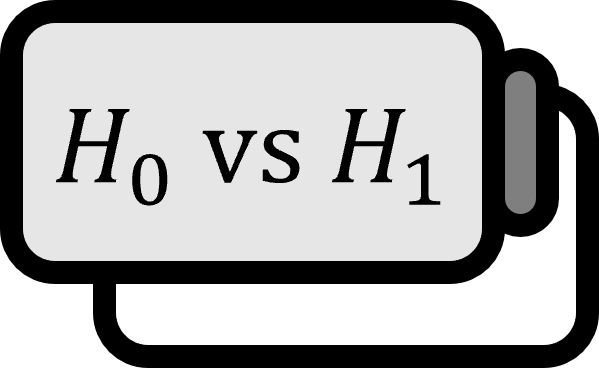Shapiro-Wilk Test
Hypothesis Testing
Given quantitative data $\left\{ x_{i} \right\}_{i = 1}^{n}$.
- $H_{0}$: Data $\left\{ x_{i} \right\}_{i = 1}^{n}$ follows a normal distribution.
- $H_{1}$: Data $\left\{ x_{i} \right\}_{i = 1}^{n}$ does not follow a normal distribution.
Description
The Shapiro-Wilk test is a hypothesis test used to assess the normality of data, usually to demonstrate that normality is present. It’s one of the rare occasions where having the null hypothesis accepted matches ’the analyst’s intention’, hence understanding the hypothesis precisely is crucial.
Code
Practice
In R, the shapiro.test() function allows for an easy conduct of the Shapiro-Wilk test. Generate the following two random samples and actually perform the Shapiro-Wilk test.


N represents data from a normal distribution, and geo represents data from a geometric distribution.

The test results exactly as expected.
Full Code
Below is an example of the R code.
set.seed(150421)
N<-rnorm(100)
win.graph(4,4); hist(N)
shapiro.test(N)
geo<-rgeom(100,0.5)
win.graph(4,4); hist(geo)
shapiro.test(geo)
